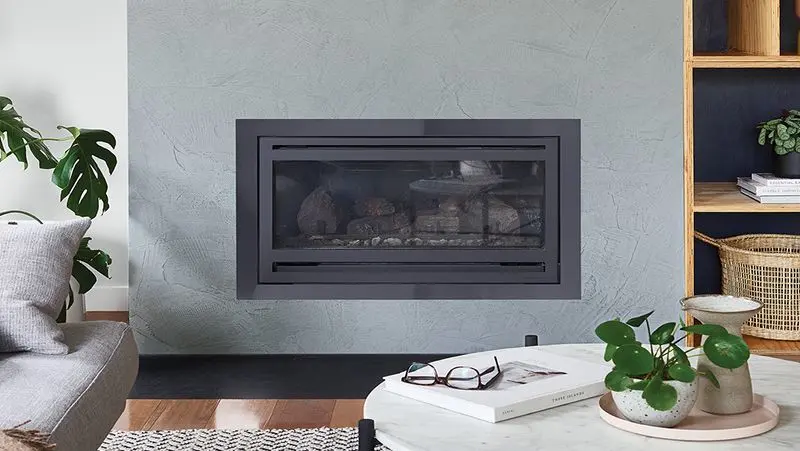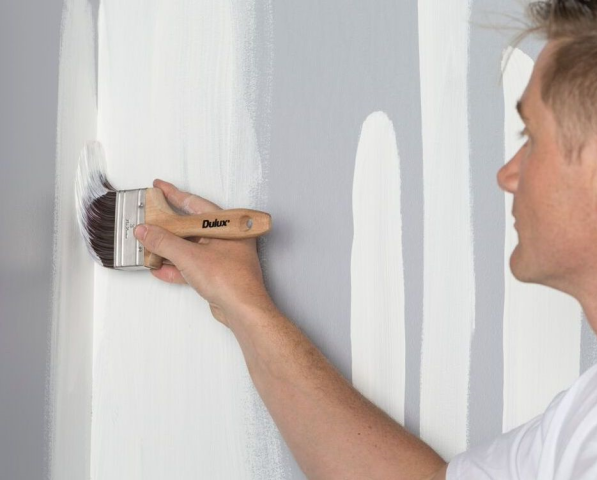How To Guides
Repainting interior and weather affected surfaces
The products you will need to use depend on whether you are painting over affected surfaces or painting new surfaces. Refer to the below information, in conjunction with label instructions, to guide you in your product selection.

Advice for repainting existing surfaces
Conduct an adhesion test
Conduct an adhesion test on all previously painted surfaces. To do this, ensure surface is sound by cutting a small X through the existing paint with a sharp blade, press sticky tape firmly across the cut and then rip off the tape. If the paint comes off, it is unsound and should be removed. Repeat at random in a number of areas to test the surface.
Scrape off
Scrape off all loose and flaking paint and ensure surface is dry. If you are unsure, we recommend that you contact your local qualified tradesperson.
Does the substrate exhibit mould?
Wear gloves and goggles
Wear gloves and goggles as you wash the surface with Selleys Original Sugar Soap® and rinse with clean water to remove any dirt, oil or grease. In cases where mould or mildew is present, use a household bleach solution: Dilute 1 part bleach with 3 parts clean water.
Use a scouring pad
Use a scouring pad wet with bleach solution to lightly scrape the surface and ensure physical removal of stubborn areas of mould growth.
Removing
Leave the bleach solution on the surface for 15 minutes, then thoroughly remove by washing down with clean water and wipe dry. In very severe cases, repeat this action to remove all mould.
Scrape and sand down
Scrape and sand down any loose, peeling and flaking paint.
Filling
Fill any cracks or holes with a suitable filler.
Dust off
Sand gloss and semi gloss finishes to a dull flat finish to allow a sound surface before top coating. Dust off.
Prime the surface
Prime the surface with Dulux PRECISION Stain & Mould Blocker®.
Discourage the regrowth of mould
Does the substrate exhibit stains?
Ensuring
Firstly ensure that you know the source of the stains e.g. water.
Check the adhesion
Check the adhesion of the existing paint by doing an adhesion test (refer to ‘Determine if the surface is sound’ section above). If the existing coating is sound, you then need to wash the surface down with Selleys Original Sugar Soap and allow it to dry.
Prime the surface
Prime the surface with Dulux PRECISION Stain & Mould Blocker®.
Discourage the regrowth of mould
To discourage the regrowth of mould in cool, damp or humid areas, apply Dulux Wash&Wear +Plus Kitchen & Bathroom®. For all other areas, apply Dulux Wash&Wear®.
Advice for painting new plasterboard
Remove all the dust
Remove all the dust from the surface by wiping down with a damp cloth.
Prime the surface
Prime the surface with Dulux 1 Step Acrylic Primer Sealer Undercoat®.
Paint you can use
For interior walls use Dulux Wash&Wear® and for ceilings, you can use Dulux® Ceiling White.
Interior how to guides
Nothing beats a great paint job, especially one you’ve done yourself. Give yourself the best chance at success by following these instructions.
The walls of your home colour your world. They are what set the mood for everyday life. So, the way you apply your paint can be just as important as the colour itself.
Brush up your painting skills with these simple tips and tricks from Dulux.
To use a roller you'll need a tray, frame, roller cover and possibly an extension pole. Make sure you have the right roller for the job.
Customer Service
Make confident decisions about your project needs with support from our wide network of painters or speak to one of our Customer Service consultants now.
Customer Service
Want to change but don’t know where to start? Dulux Customer Services are expert consultants who can help you with colour advice, product selection and application, everything you need for your next paint project.
Contact Customer Service-->




